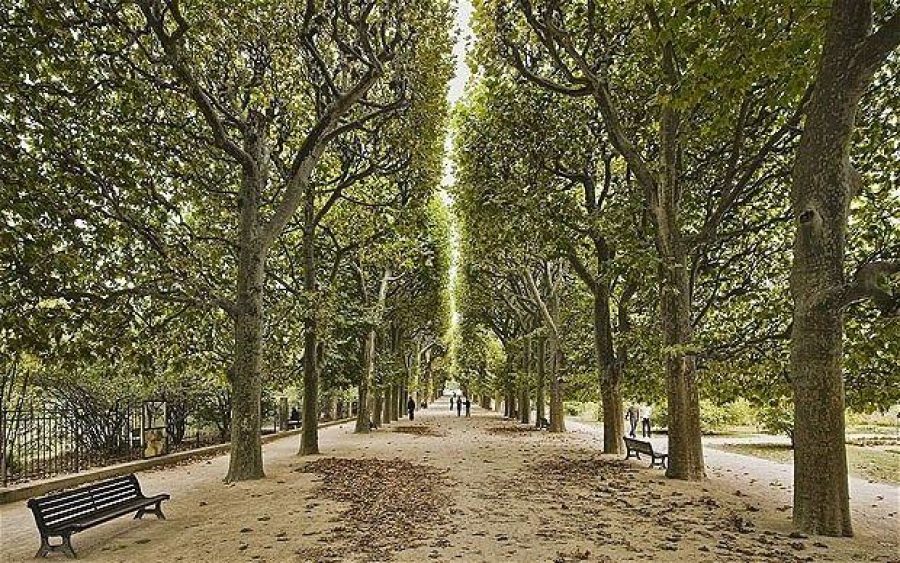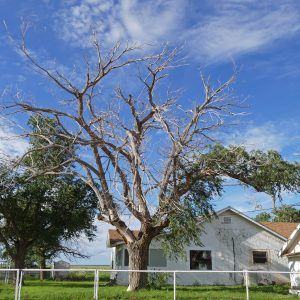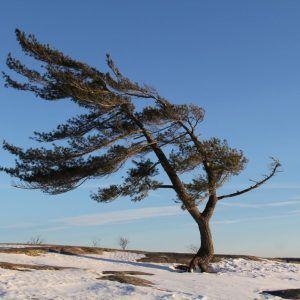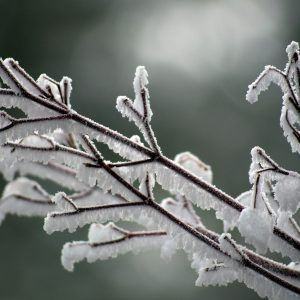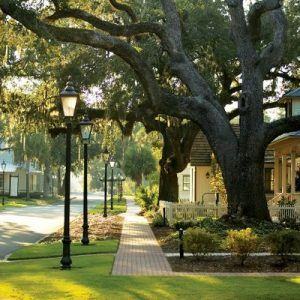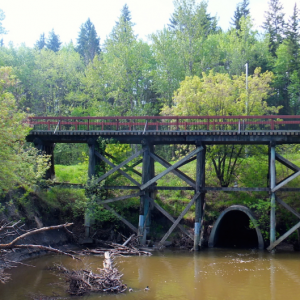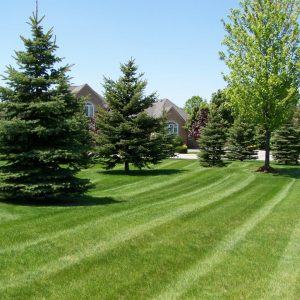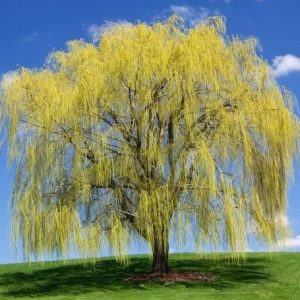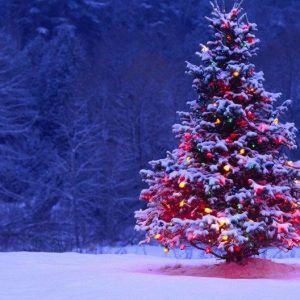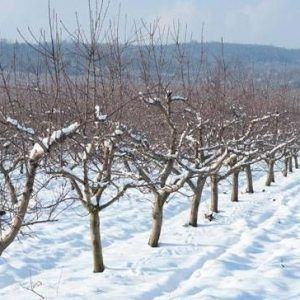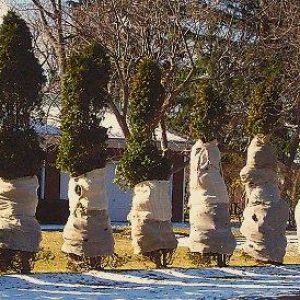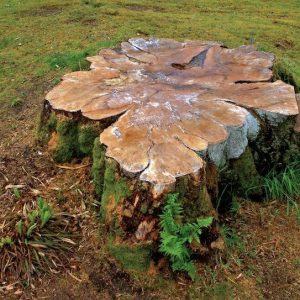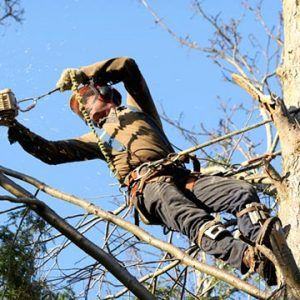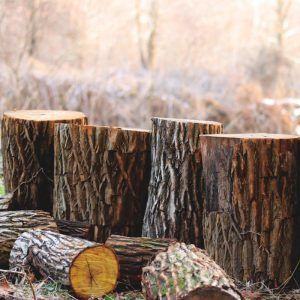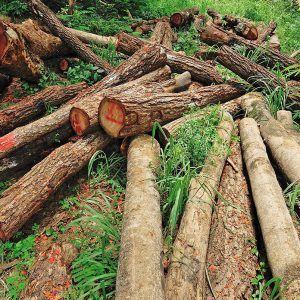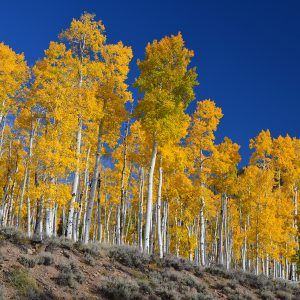Since it was discovered in the Netherlands in the 1920s, Dutch Elm Disease has decimated rural forests as well as street trees in cities across Europe and North America. Edmonton has one of the last large, uninfected populations of the Ulmus americana left in the world. Throughout the 1960s to the 1980s, the spread of the European bark beetle left many cities in the United States barren, and it inevitably spread to Canada. Although it has been slowly sweeping the Prairies, the Alberta arboreal population remains uninfected, and the City of Edmonton has implemented strict measures to keep it that way. In our next series on tree care and maintenance, Chipps Tree Care is travelling the world to see how cities across the globe have managed DED and what we can learn from their successes and mistakes.
We begin with one of the worst hit cities in Europe: Paris. Since 1600, the French capital had been planting elms to decorate its streets, avenues, and grand boulevards. There were 30,000 of them on 105 km2 before DED struck in 1970: today, there are fewer than a thousand. So what went wrong, and how is Paris dealing with it today?
The city was blindsided back then and there wasn’t much in the way of preventative measures. In many ways, DED’s devastation prompted huge strides in the techniques used by arborists to manage diseases. The International Society of Arboriculture came into its own in the last half century, and certified members are highly trained and knowledgeable tree pruning experts. Paris lost most of its canopy and wound up planting London Planes and chestnuts to replace it. However, you could say they didn’t learn their lesson. Monoculture was one of the biggest factors contributing to the severity of DED. The beetles simply migrated from one to the other until there was hardly an elm left standing. Today, the boulevards are beautifully lined with row after row of London Planes, but they too are starting to die off thanks to Canker Stain.
French scientists have recently developed a DED-resistant cultivar called the Lutece. The Lutece is a hybrid of native European species with the Ulmus parvifolia from Asia, where the fungus-bearing beetles originate. The Lutece is bringing a piece of Paris’s natural history back to its streets, but there’s one important difference this time around. The official municipal plan now includes biodiversity, which may mean an end to single-species avenues in the French capital’s future, but also a greener, healthier urban canopy.
The elm is a gorgeous species that turns colour late in the season and grows remarkably well in northern climates. Many Edmontonians were rightfully upset when the municipality placed a ban on planting them in new neighbourhoods. However, the best way to save them may actually be to plant fewer of them. If you live on a street already lined with elms, consider planting an ash, oak, or maple. Ask one of Chipps Tree Care’s certified arborists for advice on tree planting in your yard and make the most of your property’s natural assets. The city can only do so much to prevent the spread of the disease without the cooperation of private homeowners. You can do your part with advice and maintenance from an experienced Edmonton arborist.


